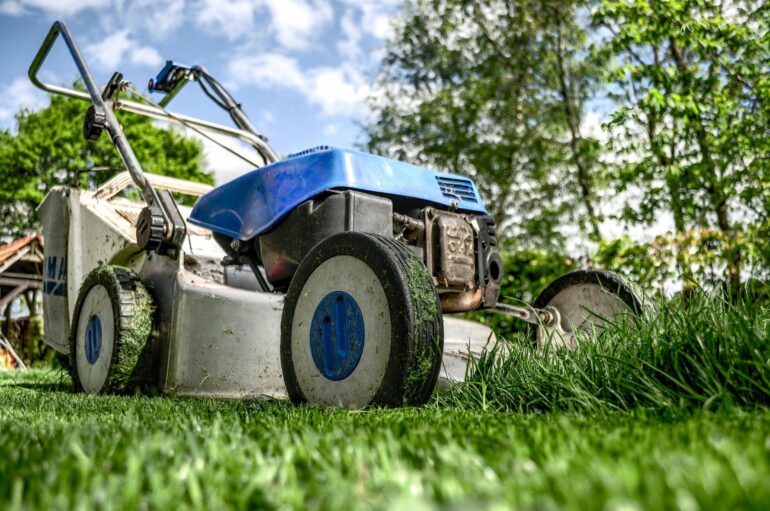The American residential lawn is, for many, an iconic landscape and about half of homeowners in the U.S. use fertilizer to keep their yards green and lush. Some proportion of the nitrogen in this fertilizer enters the broader environment, with negative consequences including algal blooms and deoxygenated waters.
Peter Groffman and colleagues studied residential landscapes in the Baltimore, Maryland metropolitan area, which drains to the Chesapeake Bay, seeking to identify locations (hotspots) or times (hot moments) with disproportionately high rates of nitrogen export. The research is published in the journal PNAS Nexus.
The authors went to lawns in exurban, suburban, and college campus settings to measure nitrogen export during simulated rainfall events created by adding known amounts of water to actual lawns in the field. The authors also used household survey data collected by the Baltimore Ecosystem Study Long Term Ecological Research in 2003, 2011, and 2018—as well as their own push-to-web survey of 3,836 Baltimore area households.
Nitrogen export dynamics of lawns show tremendous variation, although all export hotspots were found on fertilized rather than unfertilized lawns. Some 48% of 2018 survey respondents incorrectly believed that they did not live in a watershed, and more than 60% of web survey respondents did not know if nitrogen negatively affected area waterways. (It does.)
Support for policies limiting fertilizer use was broadly high among surveyed households, with some types of restrictions even garnering support among those who fertilize their own lawns. About half of households are interested in converting lawns to features that reduce nitrogen export, such as rain gardens, if such conversions are subsidized and made as easy as possible.
According to the authors, changing just 5–10% of suburban lawns to alternative landscaping could have a major effect on watershed-wide nitrogen export.
“We found that these fertilizers applied to particular places at particular times are more likely to move into receiving waters where they can have deleterious consequences, including spawning algal blooms and deoxygenated waters,” said Groffman, an environmental sciences professor with the Advanced Science Research Center at the CUNY Graduate Center and Brooklyn College. “This information can be very useful in helping individual residents and municipalities adjust lawn care practices that are harming our environment and ultimately our health.”
More information:
Peter M Groffman et al, Hydro-bio-geo-socio-chemical interactions and the sustainability of residential landscapes, PNAS Nexus (2023). DOI: 10.1093/pnasnexus/pgad316
Citation:
The dark side of the American lawn (2023, October 18)



